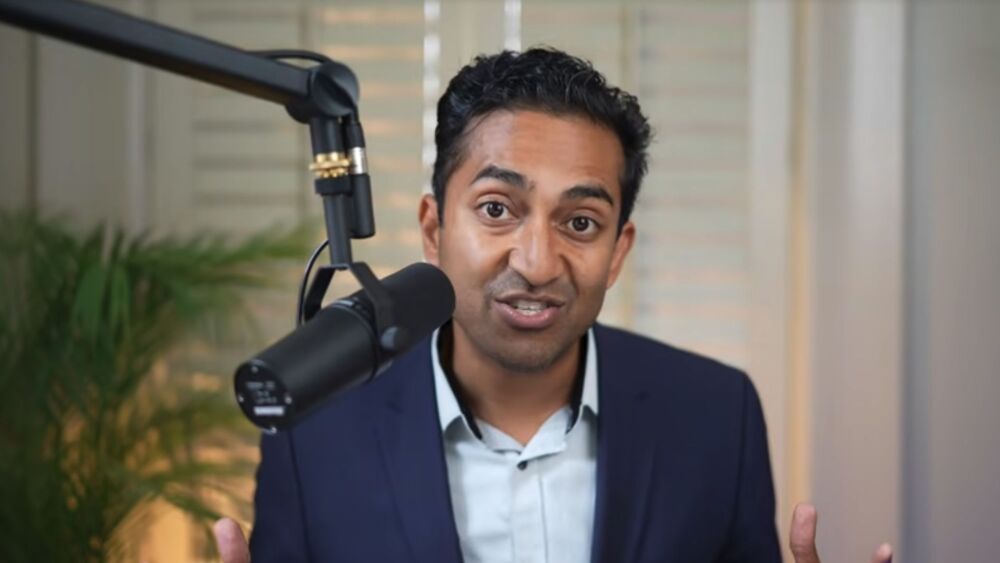Morale is low at the FDA, which was hit with layoffs this week following RFK Jr.’s confirmation. Biopharma leaders and agency insiders fear further workforce cuts could delay new medicines.
Days after Robert F. Kennedy Jr. was confirmed as secretary of the Department of Health and Human Services, hundreds of probationary HHS employees—including within the FDA—were shown the door, with RFK Jr. appearing this week to encourage more to leave. Now, biopharma is speaking out.
“The cuts at the FDA were not unexpected,” Jeremy Levin, CEO of Ovid Therapeutics, told BioSpace. “The overall plan to have a radical restructuring of the federal government was very clear.”
What is still a bit of a mystery is the “why,” Levin added: “The extent and the rapidity of the actions taken has been remarkable, and that has perhaps led to, in many cases, the concern that there is no understanding of exactly why they’re being done.”
Last week, industry executives—including Levin—joined patient advocates, investors and even FDA representatives in signing an open letter organized by the advocacy group No Patient Left Behind (NPLB) calling for a stop to the cuts. The letter currently boasts around 500 signatures.
“We believe that excessive and indiscriminate cuts to FDA staffing will risk delaying the approval of new medicines and could jeopardize the safety of our food supply,” Shehnaaz Suliman, CEO of ReCode Therapeutics who helped spearhead the letter, told BioSpace in an email.
“The scale of [the cuts] depends critically [on] if these are the end of them or the beginning of them and where they’re going to focus,” Levin added.
So far, the firings have come within the FDA’s Center for Devices and Radiological Health (CDRH)—in particular those responsible for regulating AI-enabled imaging devices, according to several sources. BioCentury put the number of fired staff at the CDRH at “at least 200.”
Possibly the biggest effect from this round of layoffs has been on morale within the agency, according to one FDA employee who spoke with BioSpace on the condition of anonymity. “The morale is low,” they said, describing the atmosphere as one of “nervousness.”
This alone has led some employees to voluntarily depart the FDA. “I believe we’ve also lost a couple just for the tanking of the morale and the whiplash,” the anonymous source said.
Levin agreed, saying, “I think it’s true to say that the kinds of reductions, were they to accelerate, would have a very significant impact on the morale of the FDA.”
Ripple Effects
A week into his tenure, RFK Jr. has provided glimpses of his vision for HHS, which includes a presidential commission to investigate the potential causes of chronic disease. “Some of the possible factors we will investigate were formerly taboo or insufficiently scrutinized,” including the childhood vaccine schedule, anti-depressants and ultra-processed foods, Kennedy said, according to ABC News.
On Tuesday, RFK Jr. announced plans to investigate the U.S. childhood vaccine schedule—after vowing during his confirmation process that he would not change it, the Associated Press reported.
In his first address since being sworn in, RFK Jr. appeared to threaten HHS staff who don’t fall in line with this plan, suggesting that they either “embrace” the Trump administration’s changes or retire, according to The Independent.
This could ultimately create a very different atmosphere within the FDA’s ranks, the anonymous FDA employee indicated.
“I think they’re definitely going to get a new age of recruits, but I don’t know that we’ll get as many great minds at this point,” they said. “I think there’s a certain type of person that might apply in the next year or so,” those wishing to go along with the mindset of the current administration, or those wanting to resist. The “resistant” applicant pool will likely be much smaller, however, they speculated.
While no further layoffs have been reported this week, substantial workforce cuts would lead to a “brain drain” that could cause confusion and delay regulatory applications, Stuart Pape and Chad Landmon, both lawyers at Polsinelli Law Firm, told BioSpace earlier this month.
Levin echoed this sentiment: “The people who are doing this need to have a deep understanding of the consequences of their actions,” he said, “because people in the FDA, people in the CDC, people in NIH, are world class experts in many different things, and once you’ve lost them, getting them back is extraordinarily difficult.”
He added that the impact of further layoffs on large pharmaceutical companies vs. smaller biotechs would be “very different,” and provided the example of companies in the cell and gene therapy space, “which require really specialist review.”
“If you lose those people, there’ll be a massive impact on the ability to generate new products in this area,” he said.
Seeking Clarity
All of this is not to say that no reform is needed at the FDA, according to Levin. “Every organization has a need for constant re-evaluation and growth. No organization can remain static.” This is particularly true at the FDA because both the populace and technology evolve, he said, “and you need to be able to rapidly adapt to that.”
But whatever the plan, it is imperative that it be communicated effectively, Levin noted, and so far, that communication has been missing. “That doesn’t mean that there isn’t a plan. It’s simply that we can’t, as yet, see what the plan is,” he said. “I would say that the best thing that one can do is to hope there’ll be a very strong communication as to why this is occurring.”
In its open letter, NPLB praised the FDA for its role in making the U.S. “the undisputed global leader in medical product innovation,” with the authors specifically citing the agency’s scientific expertise and regulatory transparency.
Levin agreed with this sentiment and recommended that the agency learn from what it’s done well. He provided the example of Centers of Excellence, such as the Oncology Center of Excellence. “These centers of excellence are essentially areas which have got great expertise. . . . What might it look like if the FDA was funded and built to have an area of excellence in each [therapeutic] area? Why is there no Center of Excellence in neurology?”
He added that Trump “did some very good things” during his first term, including Operation Warp Speed—which saw a vaccine for COVID-19 developed in nine months—and the recruitment of “extremely skilled leaders” at the FDA, such as former commissioner Scott Gottlieb.
The difference this time around, Levin emphasized, has to do with speed and transparency. “We’re 25 days into the administration, and many of the levels of changes that were enacted over a one- or two-year period in the first administration are all happening within a period of 20 to 30 days,” he said. “I think it’s the compression of decision-making and action which is the most striking difference.”






